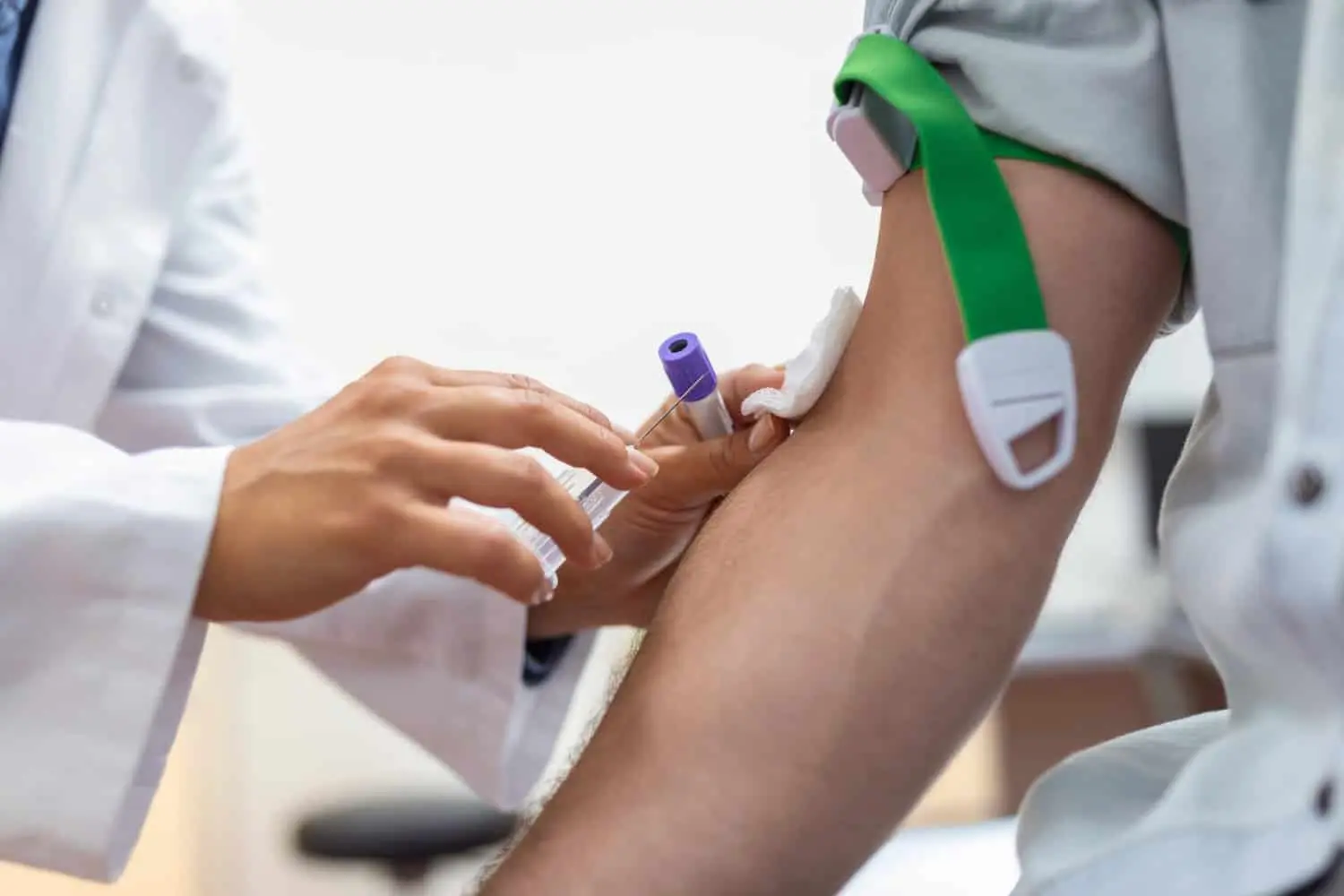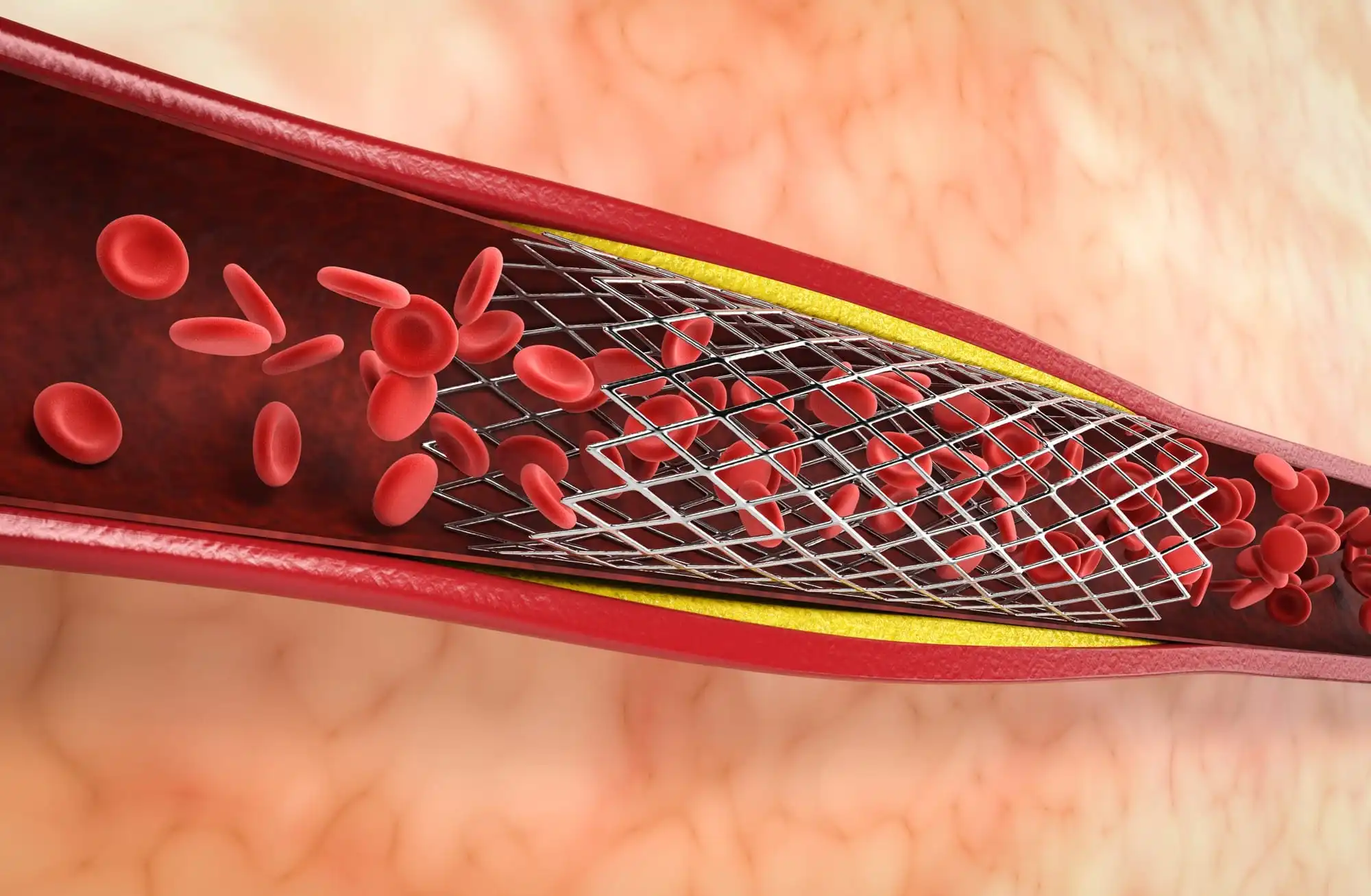A widal test report is more commonly known as the typhoid test report, as the widal test is done for diagnosing typhoid fever. Typhoid fever is a bacterial infection caused by the bacterium Salmonella Typhi, and it is commonly spread through contaminated food or water. The symptoms of typhoid fever can be similar to other illnesses, making it difficult to diagnose without proper testing.
The widal test is a serological test that detects antibodies against the bacteria in a patient’s blood sample, indicating whether or not they have been infected with the bacteria. In this article, we will discuss the widal test procedure, who should get tested, and the cost associated with it.
What is a Widal Test?
A widal test is a quick and easy blood test that helps to confirm or rule out typhoid fever, even when the symptoms are mild. Typically, it takes 6 to 30 days for the initial signs of fever to appear after exposure to the infection so best result when prescribed after 1st week of symptoms. Doctors recommend a widal test for multiple reasons.
Biologically, the widal test is designed to detect antibodies against the flagellar (H) and somatic (O) antigens responsible for causing infection and typhoid fever. When a person is infected with these antigens, their body produces specific antibodies.
The widal test analyzes the interaction between these antigens and antibodies in a patient’s blood sample. By detecting the presence of these antibodies, the test can confirm whether or not a person has been infected with the bacteria that causes typhoid fever.
Who Should Get Tested with a Widal Test?
Typhoid fever can lead to serious health complications if not treated properly. If a person is showing the following symptoms, a doctor may recommend a widal test to confirm the diagnosis:
- Fever and Aches: Typhoid fever is typically characterized by a high-grade fever, often reaching 103 to 104 degrees Fahrenheit. The fever may persist for several days, accompanied by headaches and body aches.
- Gastrointestinal Symptoms of Typhoid Fever: Patients with typhoid fever may experience abdominal discomfort, pain, and tenderness. Constipation is expected in the early stages, but diarrhoea may develop later on.
- Red Spots on the Body: Rose-colored spots may appear on the body’s trunk or other areas. These spots may fade under pressure and then reappear.
- Drop in Appetite and Energy Levels: Typhoid fever can lead to a loss of appetite, which may result in weight loss. Patients may feel weak and exhausted and may have difficulty performing daily activities.
- Mental Symptoms of Severe Typhoid Fever: In severe cases, patients may experience delirium, confusion, agitation, and hallucinations. These symptoms indicate a more severe infection and require immediate medical attention.
What is Widal Test Procedure?
Are you curious about how a Widal Test is conducted? Let us walk you through the procedure step-by-step.
- A small amount of blood is taken from the patient’s body and allowed to clot, then the liquid portion of the blood, called serum, is separated from the clot by spinning it in a centrifuge machine.
- A unique substance called antigen is prepared from the bacteria that causes typhoid fever. This substance is made by growing the bacteria in a special culture medium until it dies.
- The serum is then mixed with different dilutions of the antigen in a series of test tubes. Each tube contains a different dilution of the serum. The tubes are then left to incubate at a temperature of 37°C for 16-18 hours.
- After the incubation period, the tubes are observed for any signs of clumping or agglutination of bacteria. If clumping occurs in a specific dilution of serum, it indicates that the patient has developed antibodies against the bacteria at that dilution. The highest dilution of serum that shows agglutination is recorded as the antibody titer.
- Finally, the results are analyzed by comparing the patient’s antibody titer to a standard reference range. A titer of 1:160 or higher is considered diagnostic of typhoid fever. However, it’s important to note that the widal test alone is not enough to diagnose typhoid fever, and other clinical and laboratory tests should be conducted for confirmation.
Overall, the widal test is a valuable diagnostic tool in detecting typhoid fever, and it’s a relatively simple and straightforward procedure. It’s important to consult with a healthcare professional for any concerns regarding typhoid fever or other medical conditions.
What is the Widal Test Results Range?
The widal test is used to diagnose typhoid fever, and the results are reported as a titer between 1:20 to 1:640 , with a titer of 1:160 or higher indicating a positive result. It’s important to remember that a positive result doesn’t necessarily mean that the person has an active infection, as the antibodies can remain in the blood for a long time after the infection has been treated. In endemic areas like the Indian subcontinent, single widal test is of little clinical relevance. This is due to recurrent exposure to typhoid-causing bacteria, immunization and high chances of cross-reaction from other infections such as malaria and non-typhoidal salmonella.
Therefore, doctors should also consider other clinical signs and symptoms to diagnose typhoid fever accurately. Early diagnosis and treatment with antibiotics are essential to prevent complications and minimize the spread of the infection to others.
What does a Positive Result on a Widal Test Mean?
If someone receives a positive result on the widal test, it means that they have been infected with Salmonella enterica serovar Typhi bacteria, which is the cause of typhoid fever. It’s important to take any positive widal test results seriously and follow the guidance of your healthcare provider.
What does a Negative Result on a Widal Test Mean?
If the widal test shows a negative result and the titre value of antigens O and H in the sample is below 1:160, it indicates that the person is unlikely to have an enteric fever, and their symptoms may be due to a different infection.
What is the Price for Getting a Widal Test Done?
The cost of a widal test is typically 300 INR, but it may vary depending on the policies of different hospitals. Therefore, some hospitals may charge a different amount for this test.
If you are interested in getting a widal test done, it is recommended that you inquire about the specific cost from the hospital or medical facility where you plan to have the test.
How Much Time Does it take for a Widal Test Report to Come?
The widal test is a fast and efficient diagnostic test used to detect typhoid fever. Unlike other diagnostic methods, results from the widal test can be obtained on the same day. This makes it a preferred option for healthcare professionals who need to quickly confirm a typhoid fever diagnosis.
Final Thoughts
If you’re concerned about typhoid fever or any other health issue, it’s always best to consult a healthcare professional. Additionally, it’s important to keep track of your medical records, including test results, to ensure efficient healthcare management. Digitalising your health records with Health-e can help you access your medical history anytime, anywhere, and share it with your healthcare provider quickly. Sign up today and take control of your health.
FAQs
1. What is the full form of the Widal test?
The term “widal test” does not have a full form as it is not an acronym. It is named after its creator, Georges-Fernand widal, who developed the test in 1896. Therefore, the test is simply known as the widal test.
2. What is the Widal test principle?
The widal test operates on a fundamental principle that if a patient’s serum contains homologous antibodies, they will react with the corresponding antigen in the reagent, leading to visible clumping on the test card and tube agglutination. The test employs two antigens: the “H” and “O” antigens of Salmonella Typhi and the “H” antigen of S. Paratyphi. The “O” antigens of paratyphoid are not used in the test due to cross-reactivity with typhoid “O” antigen, as both share factor 12. It is worth noting that the “O” antigen is a somatic antigen, while the “H” antigen is a flagellar antigen.





